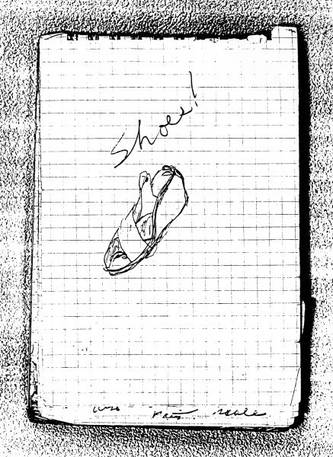


This special focus on i-Italy reminded me of times past, so I visited the United States Holocaust Memorial Museum on line and found this there about INTERNATIONAL HOLOCAUST REMEMBRANCE DAY:
In 2005, the United Nations General Assembly designated January 27 as an annual international day of commemoration to honor the victims of the Nazi era. This date marks the anniversary of the liberation of Auschwitz-Birkenau, the largest Nazi death camp. Every member nation of the U.N. has an obligation to honor the memory of Holocaust victims and develop educational programs as part of the resolve to help prevent future acts of genocide. The U.N. resolution rejects denial of the Holocaust, and condemns discrimination and violence based on religion or ethnicity. To commemorate International Holocaust Remembrance Day, the Museum hosts a candle-lighting ceremony attended by the Washington, D.C. diplomatic community, Holocaust survivors, and the general public. It had this place [2] to reflect and write. This is what I wrote:
 [3]
Read the online issue [3]
[3]
Read the online issue [3]
 [4]
Download the print issue in pdf
[4]
Download the print issue in pdf"As many other children who grew up in Brooklyn after World War II the Holocaust (Shoah) was recounted to us, unuttered, in sights and scenes such as the blue tattoos that inexplicably appeared on the arms of people, and the overcrowded apartments of friends who were sharing their everything with newly arrived relatives (I supposed) who spoke with “funny accents.” As children we didn’t know the meanings of it, but we knew enough not to ask. As an adult I know, and wish I didn’t."
In Brooklyn we lived the Holocaust everyday as matter of course. Many parts of the borough especially Bedford-Stuyvesant, Crown Heights, Borough Park, Bensonhurst, and Brownsville were peopled with those who had escaped before it began or those coming to the United States after it ended from numerous D.P. (Displaced Persons) camps. Those who hardly "survived" concentration camps such as Buchenwald, Bergen/Belson, Auschwitz-Birkenau, Dachau, or whole cities such as Warsaw, Budapest, or Vilna, came to live, work and sometimes even start new families here. Almost all of the newcomers had families in Brooklyn and if not, they found others, or each other, to begin new lives. That is why being "Brooklyn" is also being not a little bit Jewish, and why before there was a New York State mandated Holocaust Curriculum, we learned about it in school as well as out of it.
I could spend the rest of life writing about Jews to whom I am in one sense of another "connected," beginning with the family of one of my first best friends - Ikey (I assume Isaac) August - who lived, like me, in the Red Hook (low income) Housing Project. Ikey's father worked in a bakery and, therefore, gave my family of seven children, and two occasionally employed adults, bagels, onion rolls, and bialys to eat. Having Jews as good friends and neighbors was multigenerational. My Sicilian American mother told me she was spat upon by her Gentile Greenpoint neighbors because her father was a landlord there. There were few Sicilians around then and her best friend and Public School-mate was a Jewish girl whose dad owned a beer garden. My dad, however, was never so open minded. I think he believed that Jews wore hats to cover the horns on their heads, and he also thought they were especially "lucky." He never understood the Yiddish phrase - "Nil sine magno labore."
PS: I don't have the time right now, or the patience ever, to comment, without rage and profanity, on Pope Benedict XVI's reinstatement of an excommunicated Bishop (Richard Williamson) who seems to take pleasure in the notoriety he is receiving, again, for denying what we in Brooklyn have known since we were kids. I have never been a very good Catholic and such actions on the part of someone who claims infalliblity of one sort or another makes it increasingly unlikely that I ever will be. Shalom (Pace)
Source URL: http://108.61.128.93/magazine/focus/op-eds/article/remembrance-jews-past-never-lost
Links
[1] http://108.61.128.93/files/6585shoes1233439070jpg
[2] http://www.ushmm.org/museum/exhibit/focus/ihrd/comment_post.php
[3] http://www.i-italy.org/specials/society/memoria-al-futuro-remembrance-day-nyc
[4] http://108.61.128.93/files/file/Memoria-al-Futuro.pdf